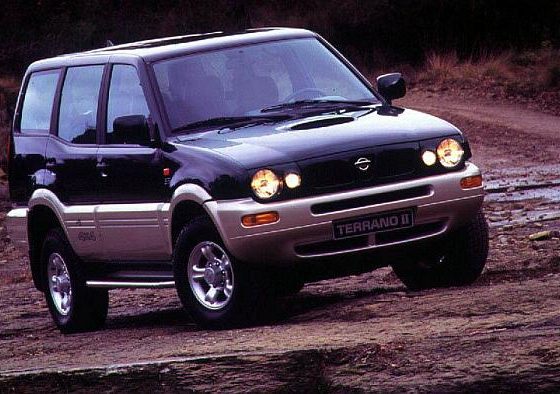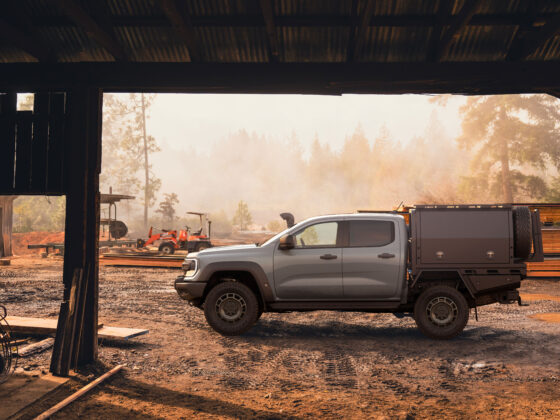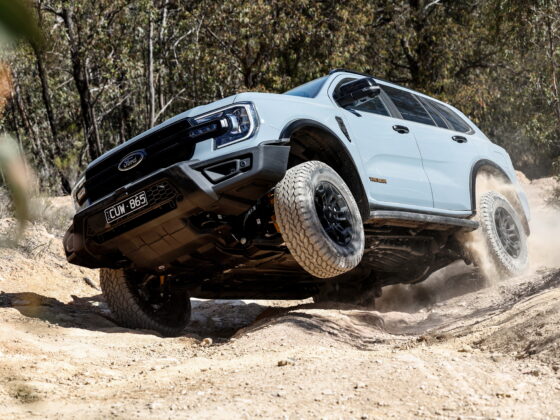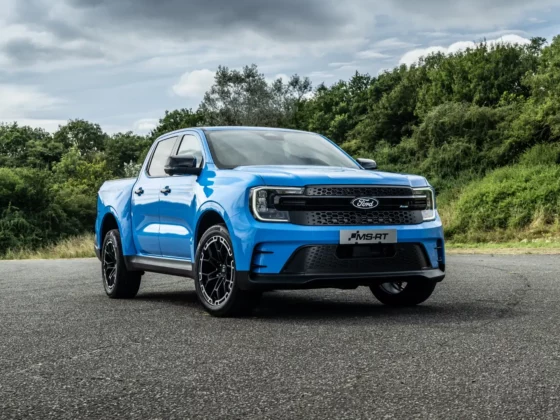The New South Wales Roads and Maritime Services have released a concise document that deals with many of the new rules that surround the modification of any vehicle under 4.5 tonnes GVM, and required certification.
The article can be found here: http://www.rms.nsw.gov.au/registration/downloads/vsi/vsi6.pdf
One of the main points here that is important for 4WDers is the one that relates to tyre size modification. Overriding previous rules, the new paperwork states that overall tyre diameter can be increased by 7% before requiring an engineer’s certification:
“Replacement of tyres that change tyre overall diameter by more than 7% of the overall original diameter.
’Overall original diameter’ means the maximum outside diameter of the largest tyre specified by the vehicle’s original manufacturer as an option for the vehicle, as shown on the vehicle’s tyre placard.
Example requiring certification: Replacing 215/65R17 (712 mm overall diameter) tyres with 265/65R17 (776 mm overall diameter) tyres, an increase in overall diameter of 64 mm, or 8%.
Example not requiring certification: Replacing 215/65R17 (712 mm overall diameter) tyres with 235/65R17 (738 mm overall diameter) tyres, an increase in overall diameter of 26 mm, or 4%. Tip: To determine if the tyres you have selected require certification you need to look at the tyre placard fitted to the vehicle by the manufacturer. Sometimes the tyre placard will show more than one tyre size, allowing optional tyres of that size to be fitted. If one of the tyre sizes marked on the placard (eg 215/65R17) matches the marking on the tyre sidewalls, certification is not required.
Additionally, wheel width cannot be increased by over 25mm of the widest factory option without needed certification.
Fitting and adding alternative fuel tanks are also covered:
Fitting/adding an alternative fuel tank or repositioning an existing fuel tank to non-original mounting points.
Example requiring certification: • Fitting an alternative fuel tank or repositioning of an existing fuel tank to non-original mounting points.
Example not requiring certification: • Fitting a replacement fuel tank of equal capacity using the original manufacturer’s mounting points.
The moral of the story here is that if your aftermarket fuel tank is a different capacity or mounted differently, ensure it comes from a reputable source that has already done the certification hard work for you.
Before lay down any money, it would certainly pay to have a close look at the relevant documents to ensure that any mods you might accidentally do incorrectly won’t land you in hot water further down the track.













